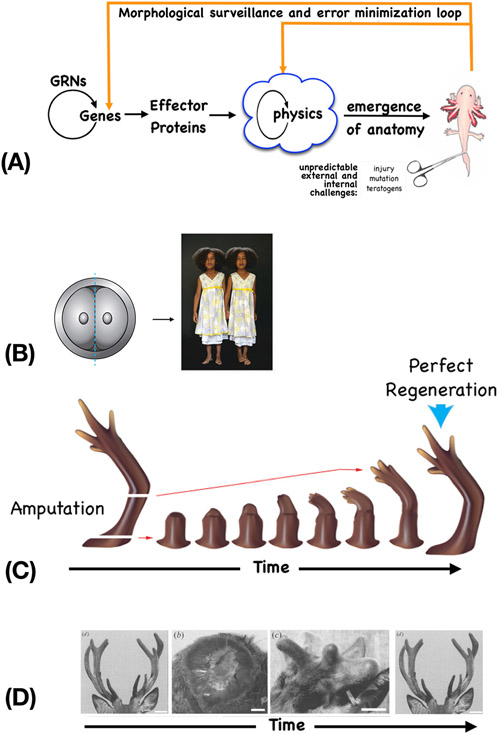Figure 2: Morphostasis and the control loop of anatomical control.
(A) A homeostatic loop schematic depicting the conventional emergence of a set anatomy, and recursive surveillance and adjustment circuits that maintain that precise anatomy over time, despite environmental perturbation. Complex structure and function is the feed-forward result of cells mechanically following local rules, and feedback loops detect error relative to a specified setpoint (a pattern memory of large-scale form, encoded in bioelectric properties – see Figure 5), and induce cells to act to reduce error relative to that setpoint. (B) Anatomical homeostasis implements regulative development, such as for example when an early embryo is cut in half and gives rise to two complete monozygotic twins, not half-bodies. This error minimization strategy also enables regeneration in adults, such as limb regeneration in salamanders (C) and antler regeneration in deer (D). Image in A used with permission from [173]. Photo in B by Oudeschool via Wikimedia commons. Image in C courtesy of Jeremy Guay of Peregrine Creative, used with permission from [174]. Images in D used with permission from [15].

